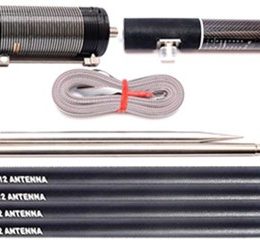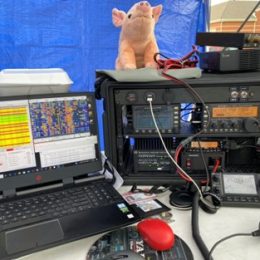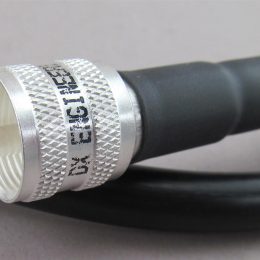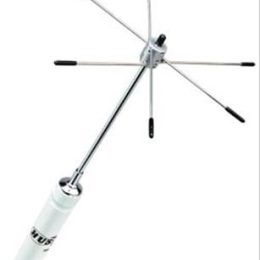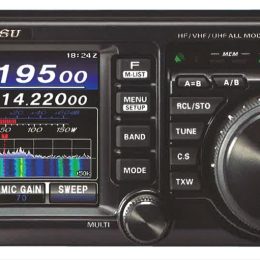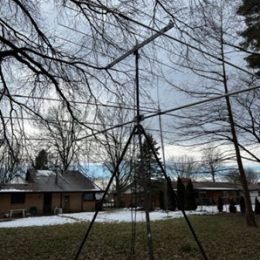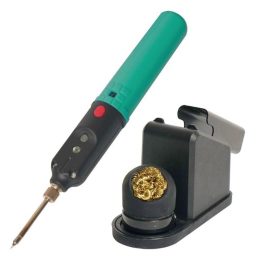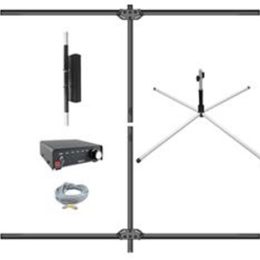Field Day / Technical Articles
Antennas are such a critical part of Field Day (June 24-25) that we’re devoting another part of this series to highlighting some of the best options available at DXEngineering.com. Since […]
Field Day / Technical Articles
For many amateur radio clubs, Field Day is the biggest event on their calendar. Many hams who don’t participate in contesting or DXing throughout the year find themselves excited to […]
Field Day / HAM Radio 101 / Technical Articles
What is Field Day? It is an event where hams in the United States and Canada attempt to contact as many stations as possible on the 160-, 80-, 40-, 20-,15- […]
Field Day / Technical Articles
Could there be anything about ham radio less exciting than a coaxial cable? If your heart skips a beat and your eyes widen at the sight of the latest SDR […]
Technical Articles
Park and summit activating has grown in popularity over the past few years. Indeed, it’s to the point that pileups are not at all uncommon. Here in the U.S., I […]
Technical Articles
Portable operating—in parks, on islands, atop summits—has become delightfully popular over the past few years. It’s not hard to figure out why, either. You get to combine visiting new places, […]
Technical Articles
Our society seems obsessed with the “all-in-one” concept. Last Father’s Day we purchased a pen that had 22 functions. I have a jump box in my Jeep with nine functions. […]
Technical Articles
Winter Field Day (WFD) is a communications exercise loosely modelled after ARRL Field Day. It is held the last full weekend in January. This may not be too bad for […]
Technical Articles
Learning how to solder using proper techniques is a fundamental skill every ham should master. Whether you’re attaching connectors to a coaxial cable or constructing a balun, knowing how to […]
Technical Articles
If you’re new to ham radio, you’ve certainly been inundated with a flood of acronyms and codes from A to Z, or APRS (Automatic Packet Reporting System) to ZUJ (a […]

